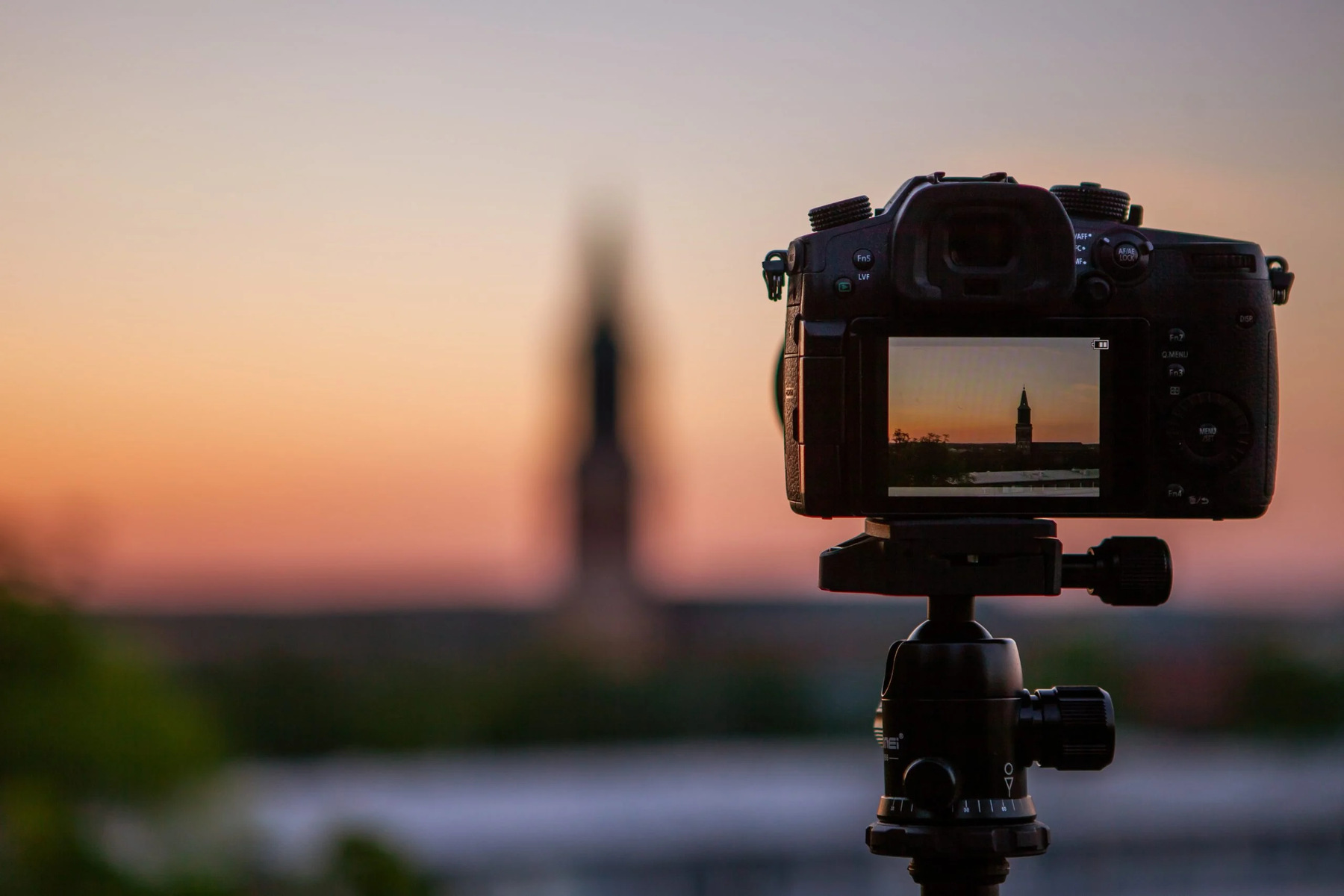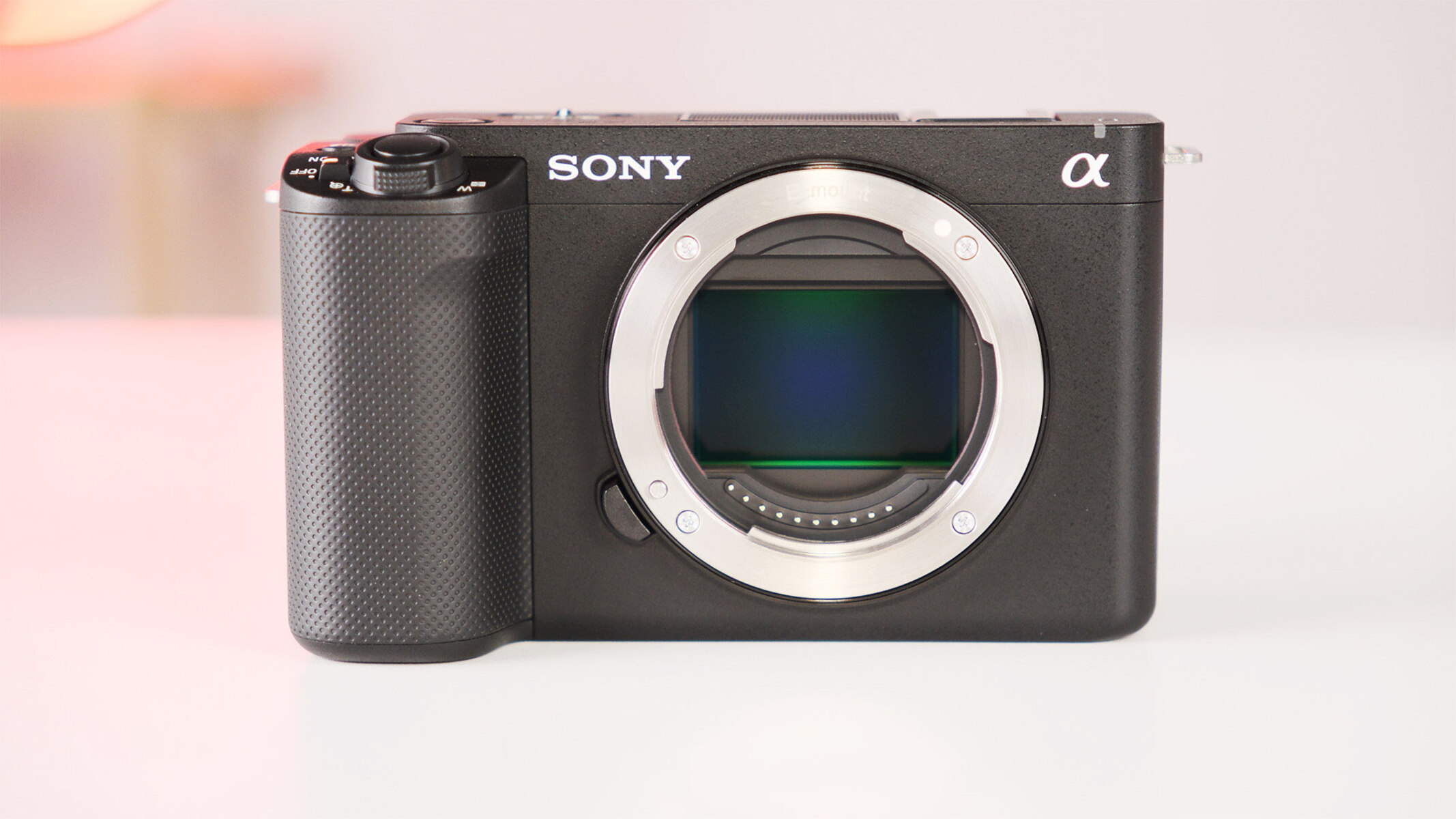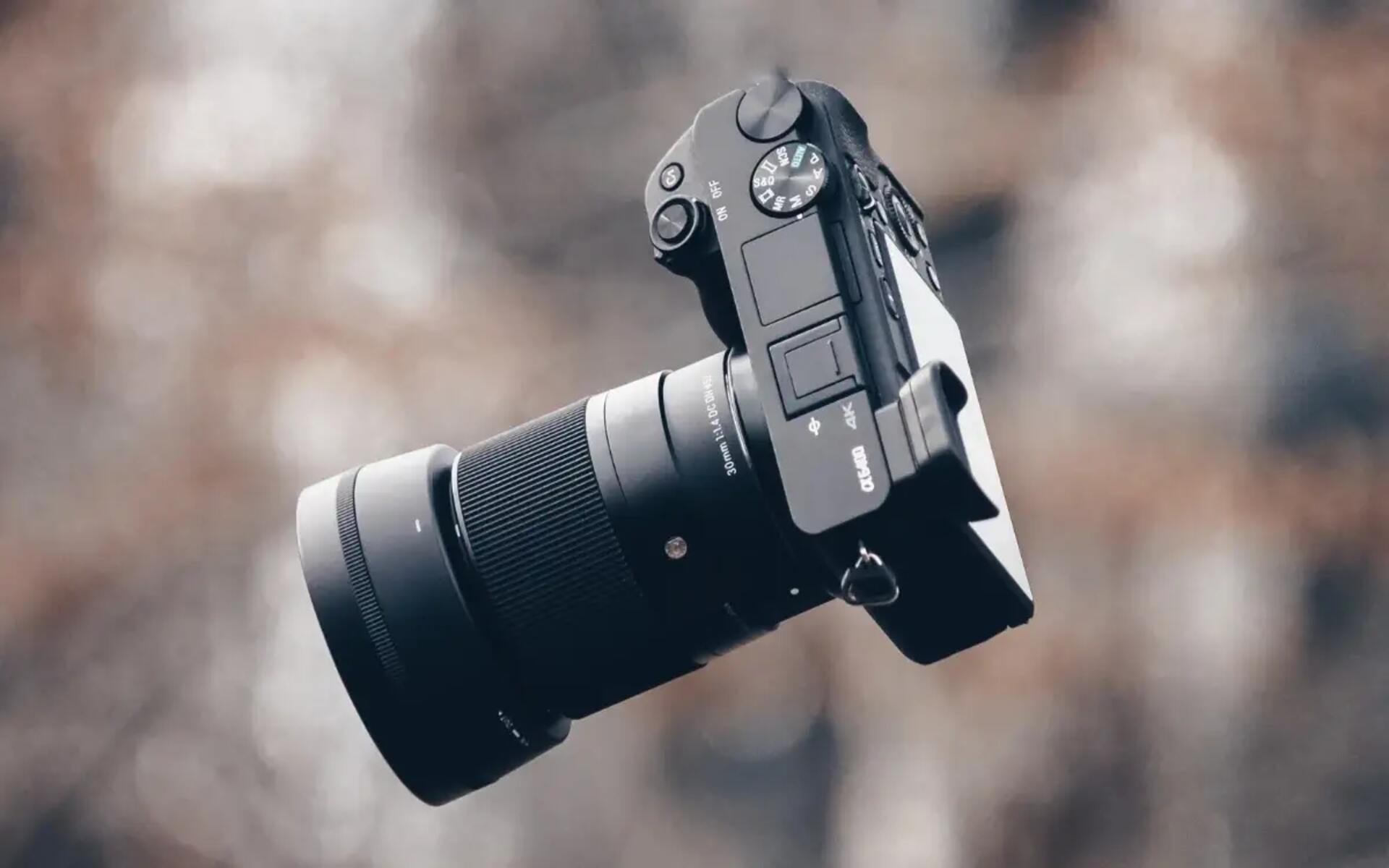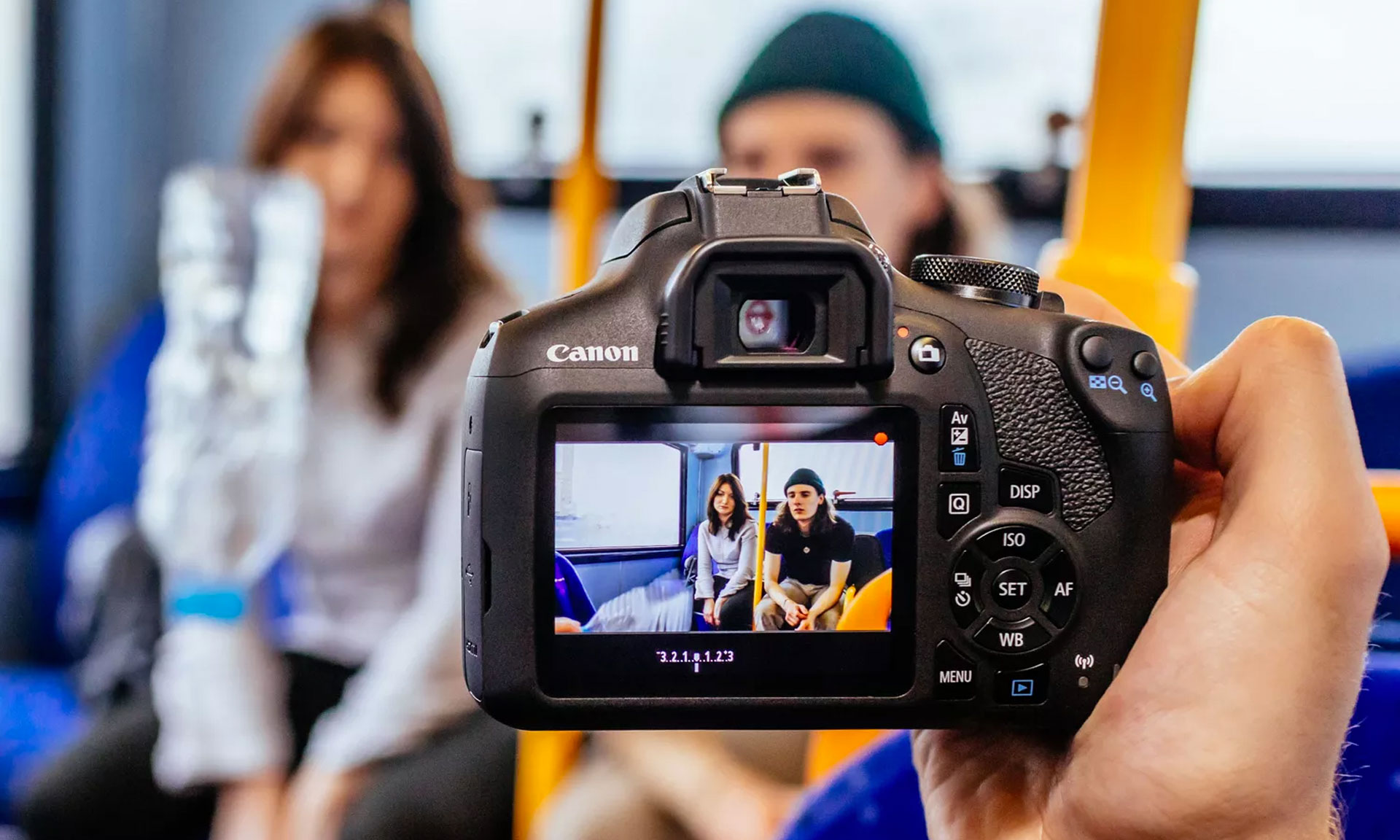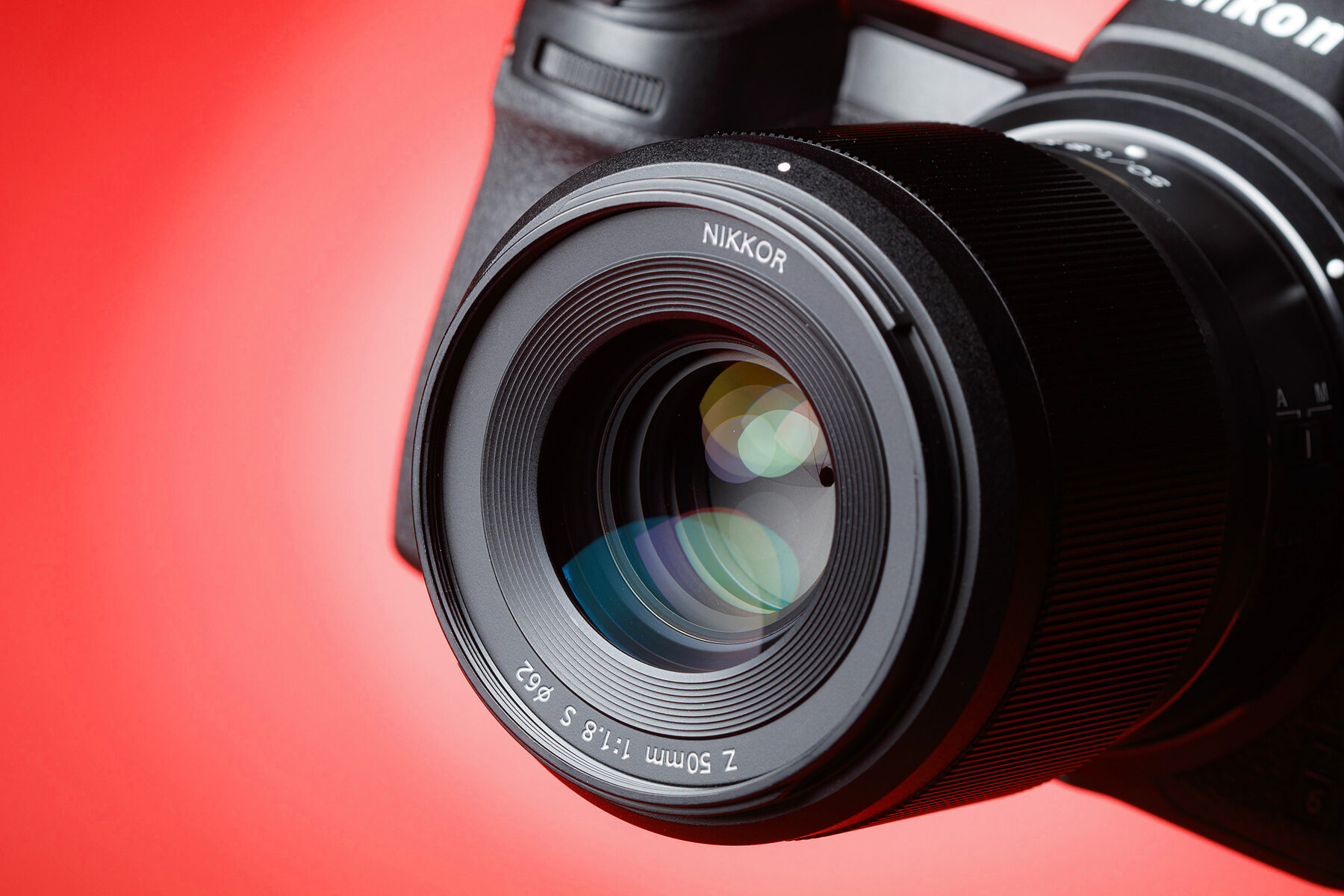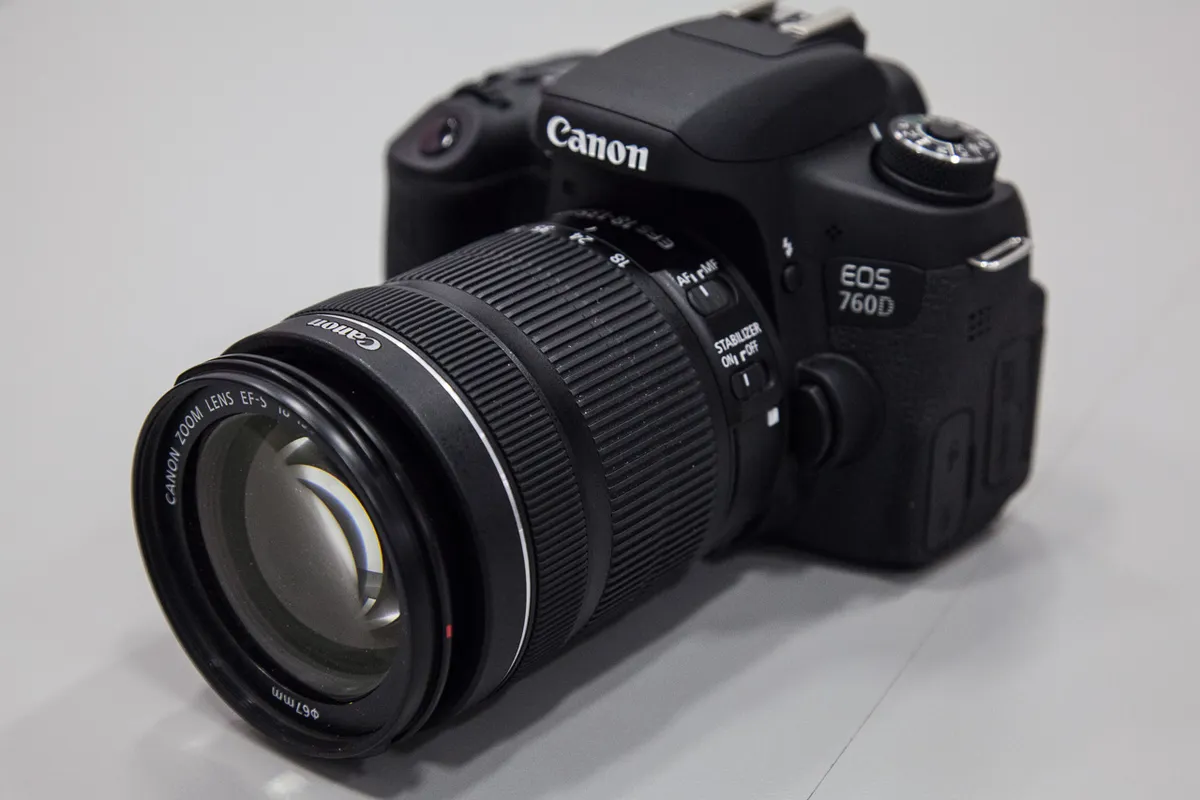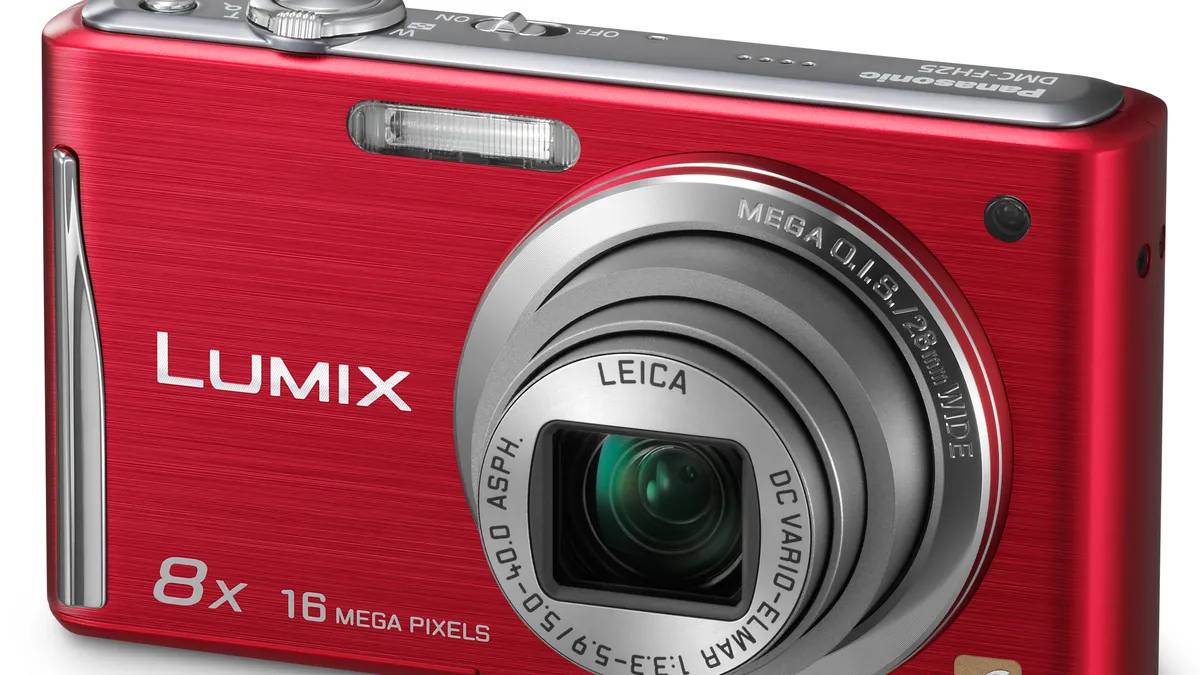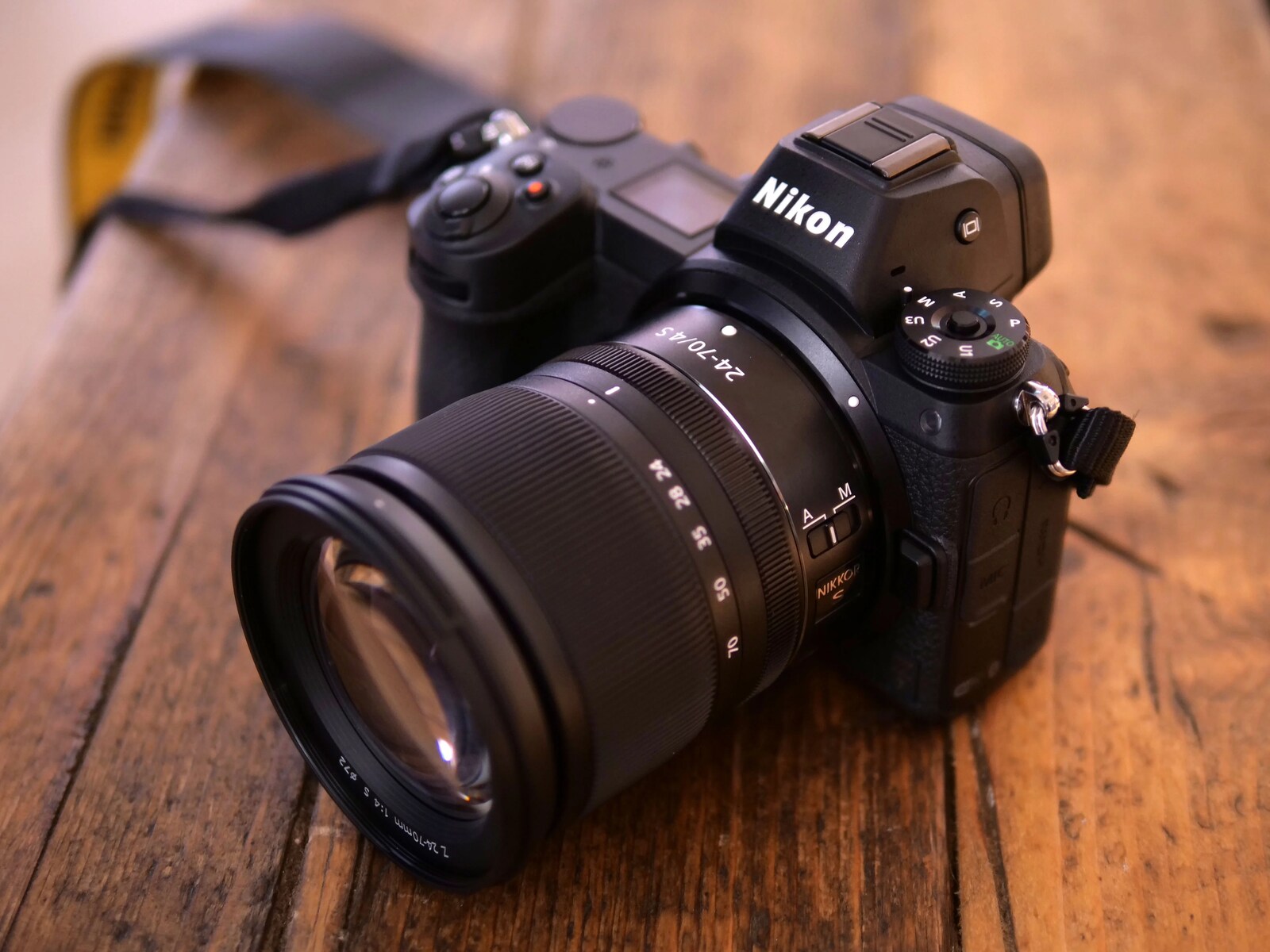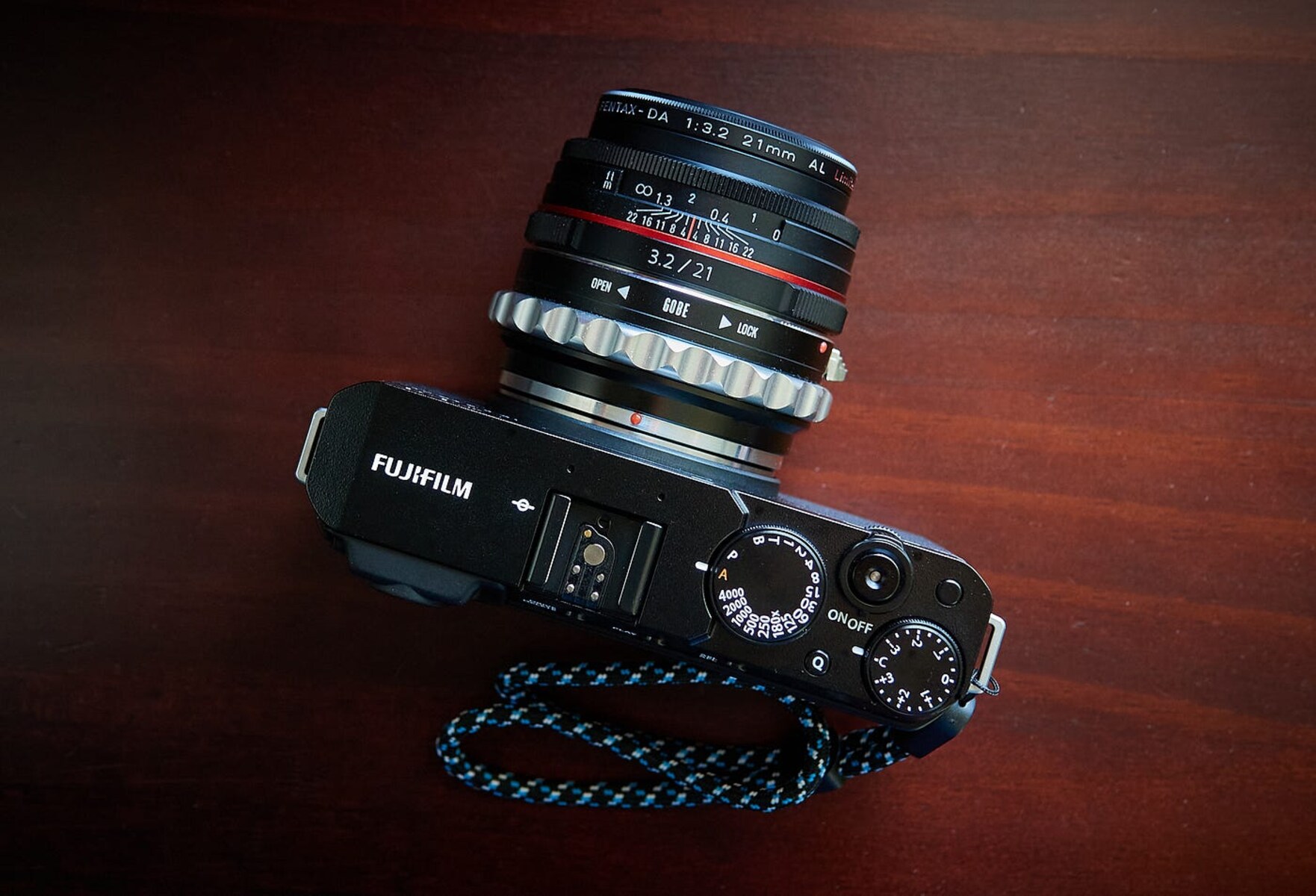Introduction
Navigating the world of photography with a mirrorless camera opens up a realm of creative possibilities, and mastering the art of zooming is essential for capturing stunning images. Whether you are a seasoned photographer or an enthusiastic beginner, understanding the nuances of zooming with a mirrorless camera can significantly elevate the quality of your photographs.
Zooming with a mirrorless camera involves more than simply adjusting the lens. It requires a combination of technical proficiency, creative vision, and an understanding of the camera's capabilities. This article will delve into the intricacies of utilizing zoom lenses, manipulating the zoom ring, utilizing autofocus for zooming, and employing manual zooming techniques. Additionally, valuable tips for optimizing zooming with a mirrorless camera will be shared, empowering you to capture breathtaking moments with precision and artistry.
As we embark on this exploration of zooming with a mirrorless camera, it's important to approach the process with an open mind and a willingness to experiment. Embracing the versatility of your mirrorless camera's zoom capabilities can lead to a deeper connection with your subjects and a heightened sense of photographic expression. So, let's embark on this enlightening journey to unlock the full potential of zooming with a mirrorless camera.
Understanding Zoom Lenses
Zoom lenses are a fundamental component of a photographer’s toolkit, offering the versatility to adjust focal length and magnification, thereby altering the composition and perspective of an image. In the context of mirrorless cameras, understanding the intricacies of zoom lenses is paramount for harnessing their full potential.
These lenses are characterized by a variable focal length, allowing photographers to seamlessly transition between different magnifications without changing the lens. The focal length range of a zoom lens is typically denoted in millimeters (mm), such as 24-70mm or 70-200mm, signifying the minimum and maximum focal lengths available. This range dictates the lens’s field of view, influencing how much of the scene will be captured and the degree of magnification.
Furthermore, comprehending the concept of optical zoom versus digital zoom is crucial. Optical zoom involves adjusting the lens’s physical elements to magnify the image, thereby preserving image quality. In contrast, digital zoom enlarges a portion of the image electronically, often resulting in a loss of detail and clarity. When working with a mirrorless camera, prioritizing optical zoom over digital zoom is essential for maintaining image integrity.
Moreover, the aperture range of a zoom lens significantly impacts its performance in various lighting conditions. A wider aperture, denoted by a lower f-stop number (e.g., f/2.8), allows more light to enter the lens, facilitating sharper images and enabling better performance in low-light environments. Understanding the interplay between focal length, aperture, and image quality empowers photographers to make informed decisions when selecting and utilizing zoom lenses.
By grasping the intricacies of zoom lenses, photographers can leverage their creative vision to capture diverse perspectives and compositions, elevating the visual narrative of their photographs. The next section will delve into the practical aspects of using the zoom ring on a mirrorless camera to achieve precise and impactful zoom effects.
Using the Zoom Ring
Mastering the zoom ring on a mirrorless camera is pivotal for achieving precise and seamless adjustments to focal length and magnification. The zoom ring, typically located on the lens barrel, allows photographers to smoothly transition between different focal lengths, capturing a diverse range of compositions with finesse.
When manipulating the zoom ring, it’s essential to approach the process with deliberate and controlled movements. Whether you’re zooming in to capture intricate details or zooming out to encompass a broader scene, maintaining steady and fluid adjustments is key to achieving optimal results. This deliberate approach ensures that the desired elements within the frame are precisely framed and composed, enriching the visual storytelling of the photograph.
Furthermore, understanding the tactile feedback of the zoom ring is crucial for honing one’s intuitive sense of focal length. Becoming attuned to the resistance and smoothness of the zoom ring’s rotation enables photographers to make nuanced adjustments with confidence, resulting in a seamless and responsive zooming experience.
Moreover, leveraging the zoom ring to create dynamic visual narratives involves embracing the concept of focal length as a storytelling tool. By strategically adjusting the focal length, photographers can emphasize the subject’s presence within the frame, convey a sense of depth and scale, and evoke emotional resonance within the viewer. This deliberate manipulation of focal length through the zoom ring empowers photographers to craft compelling visual narratives that transcend mere documentation, fostering a deeper connection with the audience.
Additionally, the zoom ring serves as a conduit for expressing creative intent and vision. Whether it’s capturing the subtle nuances of a portrait at a specific focal length or immersing the viewer in the expansive grandeur of a landscape, the zoom ring facilitates the realization of the photographer’s artistic vision with precision and artistry.
As we delve deeper into the realm of zooming with a mirrorless camera, the next section will explore the utilization of autofocus for achieving seamless and accurate focus during zooming, further enhancing the technical finesse of the photographic process.
Utilizing Autofocus for Zooming
Autofocus plays a pivotal role in ensuring that the images captured with a mirrorless camera exhibit sharpness and clarity, especially when employing zoom lenses to frame subjects at varying distances. Understanding how to effectively utilize autofocus for zooming is essential for achieving precise focus and enhancing the overall image quality.
Modern mirrorless cameras are equipped with advanced autofocus systems that offer a range of focus modes, including single-point autofocus, zone autofocus, and eye detection autofocus. When zooming in on a subject, leveraging these autofocus modes allows photographers to maintain accurate focus, even as the composition and framing change.
Furthermore, understanding the autofocus tracking capabilities of the camera is crucial when capturing subjects in motion or scenarios where maintaining consistent focus throughout the zooming process is paramount. By engaging the camera’s autofocus tracking mode, photographers can ensure that moving subjects remain sharply focused, regardless of changes in magnification or composition.
Moreover, exploring the autofocus settings specific to zoom lenses can significantly enhance the precision and responsiveness of the autofocus system. Some mirrorless cameras offer customizable autofocus parameters tailored to zoom lenses, allowing photographers to fine-tune the autofocus behavior based on the specific requirements of the scene and subject.
Additionally, understanding the interplay between autofocus and focal length enables photographers to optimize focus accuracy during the zooming process. As the focal length changes, the autofocus system adapts to ensure that the subject remains in focus, facilitating seamless transitions between different magnifications without compromising image sharpness.
By harnessing the capabilities of autofocus for zooming with a mirrorless camera, photographers can elevate the technical finesse of their work, resulting in images that exude precision and clarity. The next section will delve into manual zooming techniques, offering insights into alternative methods for achieving precise zoom effects and creative control with a mirrorless camera.
Manual Zooming Techniques
While autofocus is a valuable tool for achieving precise focus during zooming, mastering manual zooming techniques with a mirrorless camera empowers photographers to exercise greater creative control and finesse over the zooming process. Manual zooming not only offers a tactile and immersive approach to composing images but also provides a deeper connection to the photographic subject.
One of the primary manual zooming techniques involves physically adjusting the zoom ring on the lens barrel. By delicately rotating the zoom ring, photographers can meticulously control the focal length, allowing for nuanced adjustments to the composition and magnification of the scene. This hands-on approach fosters a heightened sense of engagement with the photographic process, enabling photographers to fine-tune the framing with precision and artistry.
Moreover, incorporating manual zooming techniques facilitates a more deliberate and contemplative approach to composing images. As photographers physically manipulate the zoom ring, they can intuitively gauge the ideal focal length for capturing the desired perspective, resulting in compositions that reflect their artistic vision and intent.
Additionally, manual zooming techniques offer a level of responsiveness and immediacy that enhances the photographer’s connection to the subject. This direct engagement with the zoom ring enables photographers to adapt swiftly to evolving scenes, adjusting the focal length in real time to capture fleeting moments with unparalleled spontaneity and finesse.
Furthermore, mastering manual zooming techniques empowers photographers to explore unconventional perspectives and compositions. By skillfully manipulating the zoom ring, photographers can experiment with unconventional focal lengths, creating visually compelling images that challenge traditional notions of framing and visual storytelling.
Embracing manual zooming techniques with a mirrorless camera not only enriches the technical proficiency of the photographer but also fosters a deeper appreciation for the art of composition and visual storytelling. The next section will unveil valuable tips for optimizing the zooming experience with a mirrorless camera, offering practical insights to enhance the quality and impact of your photographs.
Tips for Zooming with a Mirrorless Camera
Mastering the art of zooming with a mirrorless camera involves honing both technical proficiency and creative vision. To optimize the zooming experience and elevate the quality of your photographs, consider the following tips:
- Pre-Visualize the Composition: Before adjusting the zoom, take a moment to pre-visualize the composition and framing you intend to capture. This proactive approach allows you to anticipate the ideal focal length for conveying your creative vision.
- Experiment with Different Focal Lengths: Embrace the versatility of your zoom lens by experimenting with various focal lengths. Explore the unique perspectives and visual narratives that different focal lengths offer, allowing you to capture diverse compositions with finesse.
- Stabilize Your Camera: When zooming in for close-up shots or capturing distant subjects, ensure that your camera is stabilized to minimize potential camera shake. Utilize a tripod or employ proper hand-holding techniques to maintain stability and sharpness.
- Utilize Focus Peaking: Many mirrorless cameras offer a feature called focus peaking, which highlights in-focus areas within the frame. When zooming in for precise compositions, leverage focus peaking to ensure accurate focus and clarity.
- Consider Depth of Field: Be mindful of the relationship between focal length, aperture, and depth of field. Adjusting the focal length influences the perception of depth within the frame, allowing you to creatively control the visual emphasis and background blur in your images.
- Practice Smooth Zoom Transitions: When transitioning between focal lengths, strive for smooth and gradual zoom adjustments. This approach ensures seamless transitions and allows for precise framing without abrupt disruptions to the composition.
- Embrace Creative Cropping: Zooming with a mirrorless camera provides the flexibility to capture scenes with ample detail. Embrace the potential for creative cropping during post-processing, allowing you to refine compositions and emphasize specific elements within the frame.
- Engage with Subject Dynamics: When capturing dynamic subjects or fast-paced scenes, adapt the focal length to accommodate changes in subject dynamics. This flexibility enables you to maintain optimal framing and composition as the scene unfolds.
By integrating these tips into your photographic practice, you can harness the full potential of zooming with a mirrorless camera, elevating the depth, impact, and visual storytelling of your images. Embrace the creative possibilities that zoom lenses offer, and allow your artistic vision to flourish through the seamless manipulation of focal length and magnification.







